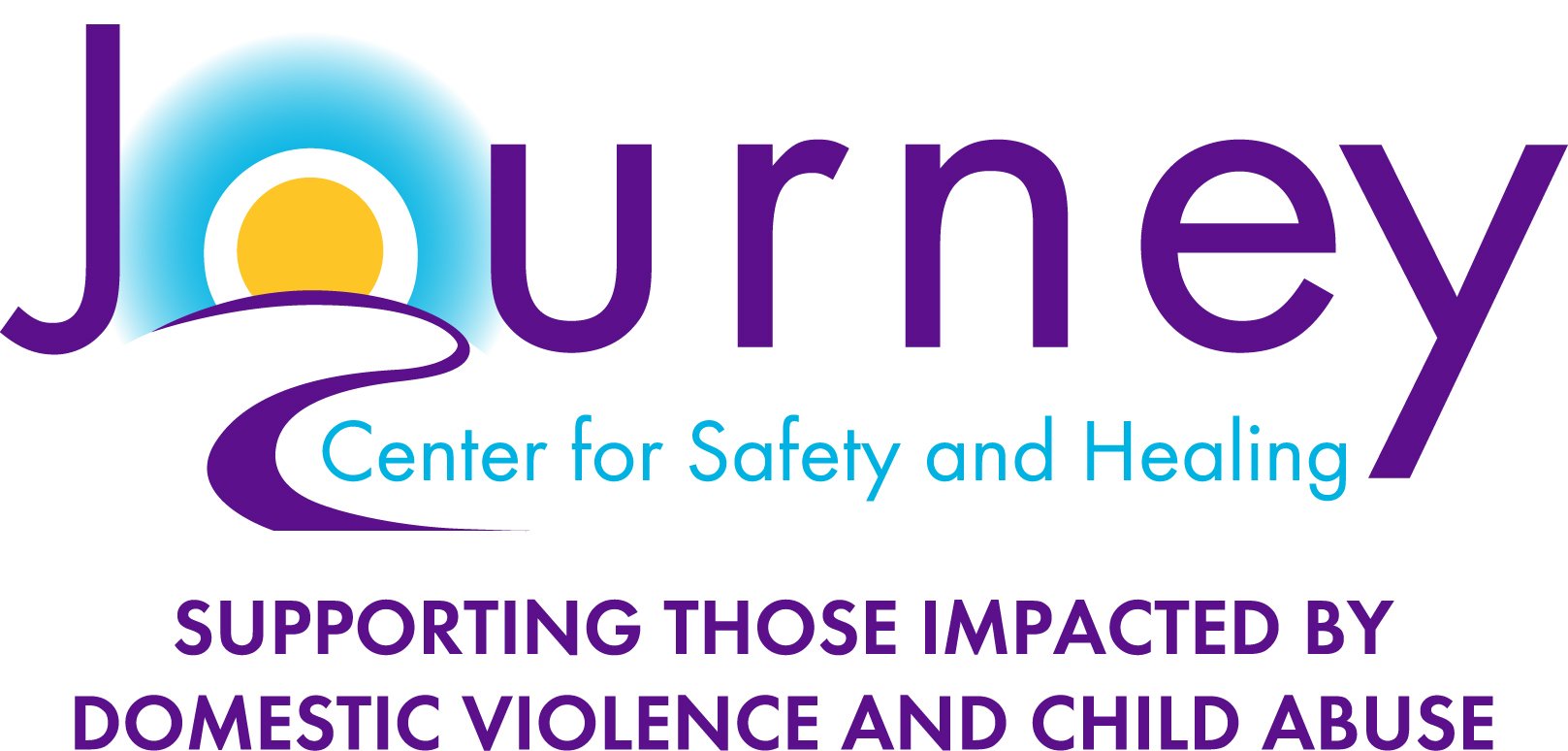Domestic violence is not about anger and it is rarely an isolated incident. Most victims experience multiple forms of abuse and repeated acts of violence over time. This can include any form of sexual, physical, verbal/emotional, financial, and/or digital abuse. Domestic violence is a crime (Ohio Revised Code 2919.25).
Domestic violence can happen to anyone of any race, age, sexual orientation, religion, or gender. It affects people of all socioeconomic backgrounds and education levels and it can happen to those who are married, living together, or simply dating.
Types of abuse may include:
Physical Abuse
Any intentional, unwanted contact with your body by the abuser or an object within the abuser’s control.
This may include: slapping, hitting, punching, choking, threatening with a weapon, banging head into the wall, dragging through the house, burning with cigarettes, blocking an entrance or exit, pushing, tripping, and/or restraining.
Sexual Abuse
Any action that an abuser uses to persuade, force, or coerce their partner to engage in sexual activity.
Sexual abuse may include: rape, forced or coerced sex, forbidding or interfering with birth control, forcing distasteful sex acts on you, cheating, or accusing you of cheating, sending unwanted or unsolicited pictures, or forcing you to take or send unwanted photos.
Financial Abuse
The use of finances or resources from one partner against the other.
This may include: taking your money, putting all bills in your name, selling or destroying your possessions or property, making you account for every dime you spend, forcing you to quit or lose jobs, and/or taking or disabling your car.
Digital Abuse
The misuse of technology to bully, harass, stalk, or intimidate a partner.
Digital abuse may include: steals or insists on being given your password(s), forcing you to share your location, monitoring social media accounts, using smart technology to track their partner, or sending and/or airdropping unwanted/unsolicited photos.
Statistics
1 in 4 women will experience intimate partner violence in their lifetime.
More than 4 million women are assaulted by intimate partners each year.
1 in 4 women and 1 in 7 men have experienced severe physical violence by an intimate partner during their lifetime.
Nearly half of female homicide victims are killed by a current or former male intimate partner.
Women of color and women who are immigrants/refugees are over-represented among victims of severe DV and DV-related homicides, disproportionate to their representation in the population.
About a third of all DV homicides are homicide-suicides.
The presence of a gun in a domestic violence situation makes it five times more likely that a woman will be killed.
Verbal & Emotional Abuse
Any non-physical behavior an abusive partner says or does that manipulates or controls your feelings and/or behaviors and causes you to be afraid.
This may include: name calling, yelling and/or screaming, threats to harm you/your friends/loved ones/pets, telling you where to go or who to talk to, controlling what you wear, constant monitoring, threats to harm themselves, isolation, body shaming, or stalking behaviors.
Recognizing Abuse
There are a few questions to ask yourself, or someone you care about that may be red flags for an unhealthy or abusive relationship.
Do you ever feel threatened by your partner?
Do you feel that you deserve more respect than you are getting?
Do you ever feel unsafe disagreeing or arguing with your partner?
Do you believe you can help your partner to change the abusive behavior if you were only to change yourself?
Do you find that not making your partner angry has become a major part of your life?
Do you do what your partner wants you to do out of fear rather than doing what you want to do?
Do you stay with your partner because you fear they will hurt you if you leave or tell someone?
Does your partner call you names, swear at you, put you down, or control all of your activities?
If you answered “yes” to any of these questions you may be in an unhealthy or abusive relationship.
Help, support, and information are available to you through Journey Center. Please, call our confidential 24-Hour Helpline at 216.391.4357 (HELP). You are not alone.
The Power & Control Wheel
The Power & Control Wheel is a helpful tool in understanding the overall pattern of abusive and violent behaviors, which are used by an abuser to establish and maintain control over their partner. Very often, one or more violent incidents are accompanied by an array of these other types of abuse. They are less easily identified, yet firmly establish a pattern of intimidation and control in the relationship.
Info for Family & Friends
Determining what to say or do is very difficult when you suspect or know that someone is being abused physically, verbally, or emotionally.
It's normal to struggle with some of these common questions: Do I ask about it? Do I offer to help? Will they get mad and think I am interfering or overreacting?
Perhaps the biggest question family and friends want to be answered is, "Why do they stay in the relationship?"
There are many barriers to leaving an abusive relationship, the biggest being the potential harm the victim faces if they choose to leave. Other common reasons include:
Fear. Abusers often make threats of increased violence and even homicide if the victim threatens or attempts to leave. Without help from family, friends, and community resources, victims who leave their partners may be placing themselves in danger. It’s important to know that the most dangerous time for a victim is when they choose to leave or end the relationship.
Control. Victims often believe that they can control the violence by doing what the abuser wants. Often the abuser has control over many, or all, aspects of the victim’s life.
Children. Victims often wish for their children to grow up with both parents; and being a single parent may add additional stress factors to a victim.
Shame or embarrassment about their situation.
Isolation. Many abusers purposely destroy relationships the victim has with family and friends to leave them feeling alone and with no control over the situation and no one to reach out to for help.
Financial concerns. Victims of domestic violence may feel they have lost all control over money and hopeless about improving their situation. Their abuser may have limited their access to money or work.
Feelings of deserving abuse. Victims often have a false belief that the abuse is justified or deserved, they believe that if they made changes the abusive behavior would stop.
History of childhood abuse. Victims with a history of being abused as a child or witnessing domestic abuse in their family of origin often believe that violence is a normal part of a relationship.
Lack of resources. A victim may not know where to start when looking for help. Or, they may have reached out before and been denied help or did not qualify for services.
Optimism, hope, or love. It’s important to remember that an abuser is not abusive all of the time. An abuser may be loving, caring, and supportive at times. This can be confusing for a victim and they may have hope that the abuser will keep their promises to stop being abusive. Abuse is gradual and occurs over time, the love that the victim has for their partner is real.
How to Help:
Listen and give your full attention
Communicate in a way that is positive and supportive
Believe what you are being told
Be supportive
Remind them that the abuse is not their fault
Do not judge
Provide resources
Know how to explain options and resources
Know how to provide meaningful resources
Say This:
I am afraid for your safety and the safety of your children
I am here for you when you are ready to leave
You deserve to feel safe at home and in your relationship
There are people who can help you
I believe you
The abuse is not your fault
How can I assist you in feeling safe?
Help me understand how you feel
Your reactions are normal
Don’t Say This:
I know that you are being abused
Did you try to stop the abuse?
What did you do [to provoke the abuse]?
Why don't you just leave?
If someone ever hit me, I know I'd leave
Simple Things Employers Can Do
Domestic violence travels with a victim, from the home to the workplace, and often has a significant effect on a victim's performance in the workplace. It results in increased absenteeism, lower productivity and quality of work, and higher medical costs.
While historically considered a private and personal issue, awareness campaigns and public education about domestic violence have made it unacceptable for employers to ignore this serious problem. Regardless of whether victims are abused at home or at work, the abuse will ultimately affect their professional life or even jeopardize their safety at work and the safety of their co-workers.
Accommodate victims. Adjust their schedule or workload, or if needed, their location to increase safety.
Let victims know you are concerned. You could say, "I am concerned for your safety and there are resources in our organization and in the community that can help you. I am here for you when you need help."
Do not blame. Offer alternatives, not advice.
Be patient. People will take action to leave an abusive situation when they are ready.
Keep the information confidential. Tell only those who absolutely need to know, such as building security, if there is a direct threat of violence at work
Talk in a quiet place.
Provide a comfortable, safe atmosphere. This will convey a message of confidentiality, importance, and seriousness.
Respect an employee's decision not to disclose.
If an employee does not want to talk about the suspected abuse, no further questions or speculations should be made. If there are job-related issues such as reduced productivity or excessive absences, you may offer help by focusing on the performance problems in an empathetic and caring manner or you can refer them to appropriate company and community resources.
Encourage them to have a safety plan and give them our 24-Hour Helpline at 216.391.4357 (HELP)




